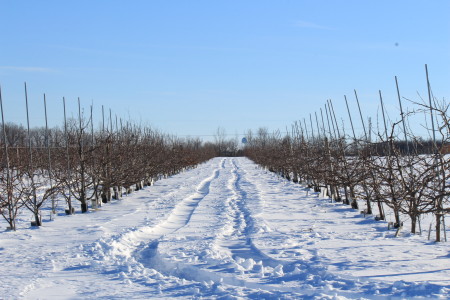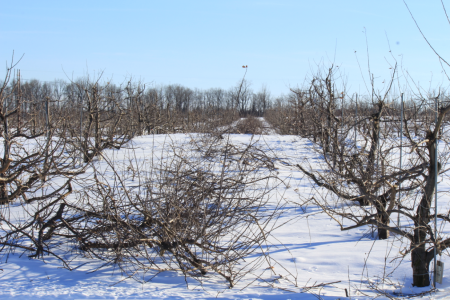We’re delighted to publish today a guest post from Gabi Everett. Gabi is an MSc student in Cristobal Uauy’s research group at the John Innes Centre. We hope this is the first of many contributions from her. Until the next one, though, you can follow her on Twitter.
I’ve never been one to listen much to the radio, but having started working with cereals in the last couple of months, I decided to tune in to BBC4 the other day to hear The Grain Divide, a program about wheat. From hearing about the team of scientists who died of starvation during World War 2 instead of eating their seed collection, to a farmer so driven to recreate a heritage bread that he’s dedicated his life to it, all of the stories had something in common: people passionate about our crop’s diversity.
Many people around the world today have the same interest and passion (although in maybe a less poetic way), and a lot of effort is being put into conserving this diversity in seedbanks and other forms of germplasm collections. With 7 million accessions worldwide (of which around 2 million are thought to be distinct), we are faced with the question: how do we make the most of them?
To fully unlock the potential of genetic resources — to discover new useful traits and breed new and adapted crop varieties — the genotypic and phenotypic variability of these collections has to be better understood. This information isn’t available today in a systematic global manner, and this is the gap that the DivSeek initiative hopes to fill.
An international effort with a diverse set of enthusiastic stakeholders, DivSeek hopes to define the best way to do germplasm evaluation, by putting genomics and phenomics at the service of breeders: “omics” shouldn’t scare anybody off. The DivSeek partners want to create standards and tools for handling data that will transform large-scale germplasm evaluation into a much more effective and systematic process.
The first difficulty to be overcome is that there isn’t a single genotyping method that caters to all needs. The objectives of genotyping germplasm can range from assessing overall genetic variability, to finding rare alleles, carrying out population studies, and creating prediction models that relate genotype to phenotype. For each purpose, different genomic tools can be used, with different pros and cons (nicely reviewed here). Added to this, some crops are better served with genomic resources than others. In the end, a number of methods will have to be standardized, which will take time.
Another issue regards standardizing phenomics for wild species. Wild relatives do not in general have an environmental range as big as that of the crop. To make sure that a trait identified in a wild relative at one site is stable and of agronomic importance at other sites too, it should be assessed across this larger distribution. A solution would be to cross the wild relative to a number of elite varieties. While this might be ok on a small scale, scaling up will put a lot of strain on resources, both human and data.
Another challenge will be making sure that the information produced has a long life span. This is especially difficult when considering how new technologies appear at an ever increasing rate these days, and how the challenges faced by farmers change over time. Large-scale phenotyping is likely to be carried out for numerous traits over a long period, which means that it needs to be done in a way that allows for comparison between different projects and collections.
Some of the challenges that I want to see addressed by DivSeek is how to be inclusive of minor crops and how to engage smaller seedbanks. It is expected that major crops, with more genomic resources and money behind them, will be exhaustively studied in evaluation efforts. It is also expected that seedbanks that are already involved in such projects will continue to be engaged. I am looking forward to seeing how the work done by DivSeek on major crops will impact on the potential of smaller collections and minor crops. Maybe the existence of a structured pipeline will be a positive influence.
Last week I had the chance to meet a representative from a DivSeek partner from the UK — this brought home to me again the strength of DivSeek, which is its diversity of players and their passion and enthusiasm for the initiative. From seedbank managers, to bioinformaticians, breeders and researchers, I hope this diversity is maintained and strengthened.
My hope for the future of the initiative is that it succeeds not only in creating a standardized framework for the management of phenotypic and genotypic evaluation data, but that this leads to a change in how collections and genetic variability are seen outside the genebank community. It might not be too much to hope for that the success of DivSeek in getting the most out of crop collections will have a positive impact on how plant and environmental conservation in general are valued.


